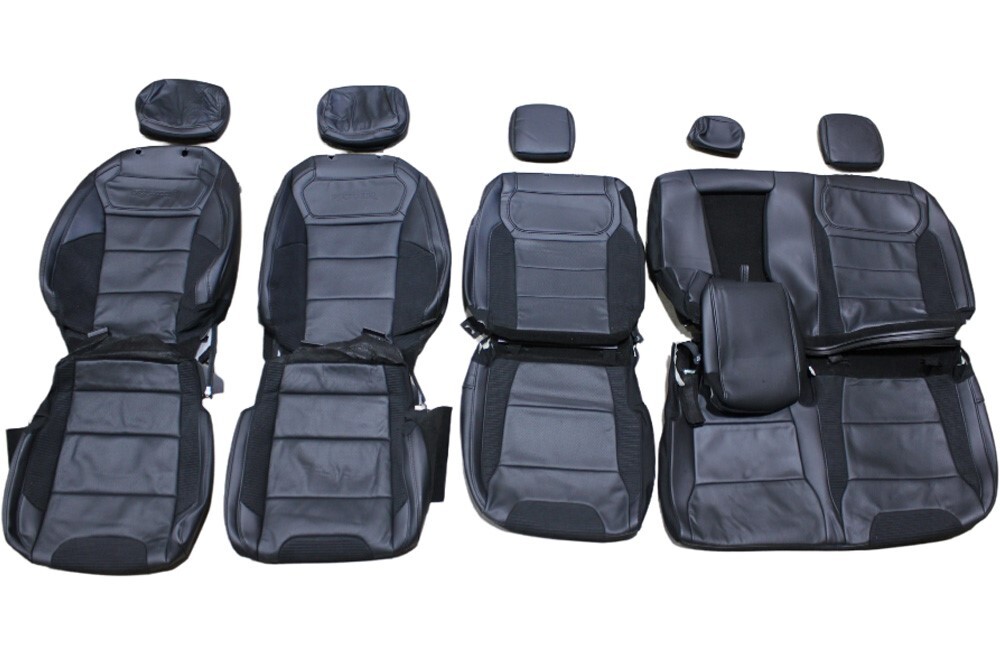Why not to use silicone?
One significant drawback of silicone is its relatively high cost compared to traditional materials like rubber or polyurethane (PU). Silicone production involves complex processes, including the synthesis of silicone polymers from raw materials like silicon dioxide, which can be more expensive than petroleum-based alternatives like PU. This cost barrier may deter budget-focused manufacturers from adopting silicone in mass-produced vehicles, especially in entry-level models where cost control is paramount. For example, PU leather is often preferred over silicone leather in affordable car interiors due to its lower price point, even though silicone offers superior durability and eco-friendliness.
Another limitation is silicone’s performance in applications requiring high breathability. Natural leather and some PU materials are more permeable, allowing air to circulate and reducing heat buildup—a critical factor in automotive seating, particularly in hot climates. While advancements like perforated silicone leather have improved breathability, silicone still tends to trap heat more effectively than natural materials, which can lead to discomfort during prolonged use. This makes traditional leather or breathable synthetic fabrics more desirable in luxury vehicles where passenger comfort is a top priority.
Environmental concerns, though often favorable compared to other synthetics, also pose challenges for silicone. While silicone leather is vegan and reduces reliance on animal products, the production of silicone polymers still involves energy-intensive processes and may rely on petroleum-derived ingredients (though some bio-based silicone alternatives are emerging). Additionally, while silicone is more recyclable than PU, widespread recycling infrastructure for silicone automotive components is still underdeveloped, meaning that end-of-life silicone parts may contribute to landfill waste if not properly managed. This contrasts with natural leather, which is biodegradable, albeit with its own environmental costs from tanning and farming.
Aesthetic and tactile considerations may also lead to hesitancy in using silicone. While silicone leather can mimic the texture of genuine leather, it lacks the natural variations and organic feel that many consumers associate with luxury. Traditional leather develops a unique patina over time, a characteristic that silicone cannot replicate, which may disappoint enthusiasts who value the timeless appeal of natural materials. Furthermore, some users find silicone leather to have a slightly synthetic or rubbery 手感 (hand feel), which may not align with the premium experience expected in high-end vehicles.
In mechanical applications, silicone’s flexibility can be a double-edged sword. While its elasticity is beneficial for seals and gaskets, it may lack the structural rigidity required for certain load-bearing components. For example, in suspension systems or heavy-duty mechanical parts, metal or reinforced plastics are often preferred over silicone due to their higher strength and stability. Additionally, silicone’s resistance to adhesives can make it challenging to bond with other materials, requiring specialized techniques or primers, which adds complexity to the manufacturing process.
Lastly, there is a lack of standardization in silicone quality across manufacturers, leading to variability in performance. Low-grade silicone products may degrade faster under UV exposure or extreme temperatures, compromising safety and durability. This inconsistency can make it difficult for consumers and manufacturers to trust silicone components, especially in critical applications like braking systems or engine parts, where failure could have severe consequences.
In conclusion, while silicone offers significant advantages in thermal stability, durability, and eco-friendliness, its use in cars is not universally ideal. Cost constraints, breathability limitations, environmental trade-offs, aesthetic preferences, and mechanical limitations all contribute to scenarios where alternative materials may be more suitable. As technology advances and bio-based silicone formulations become more accessible, however, many of these limitations are likely to diminish, further integrating silicone into the automotive industry’s material toolkit.







